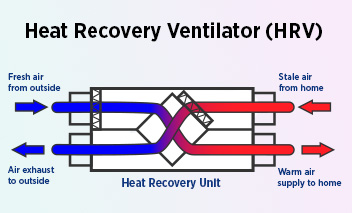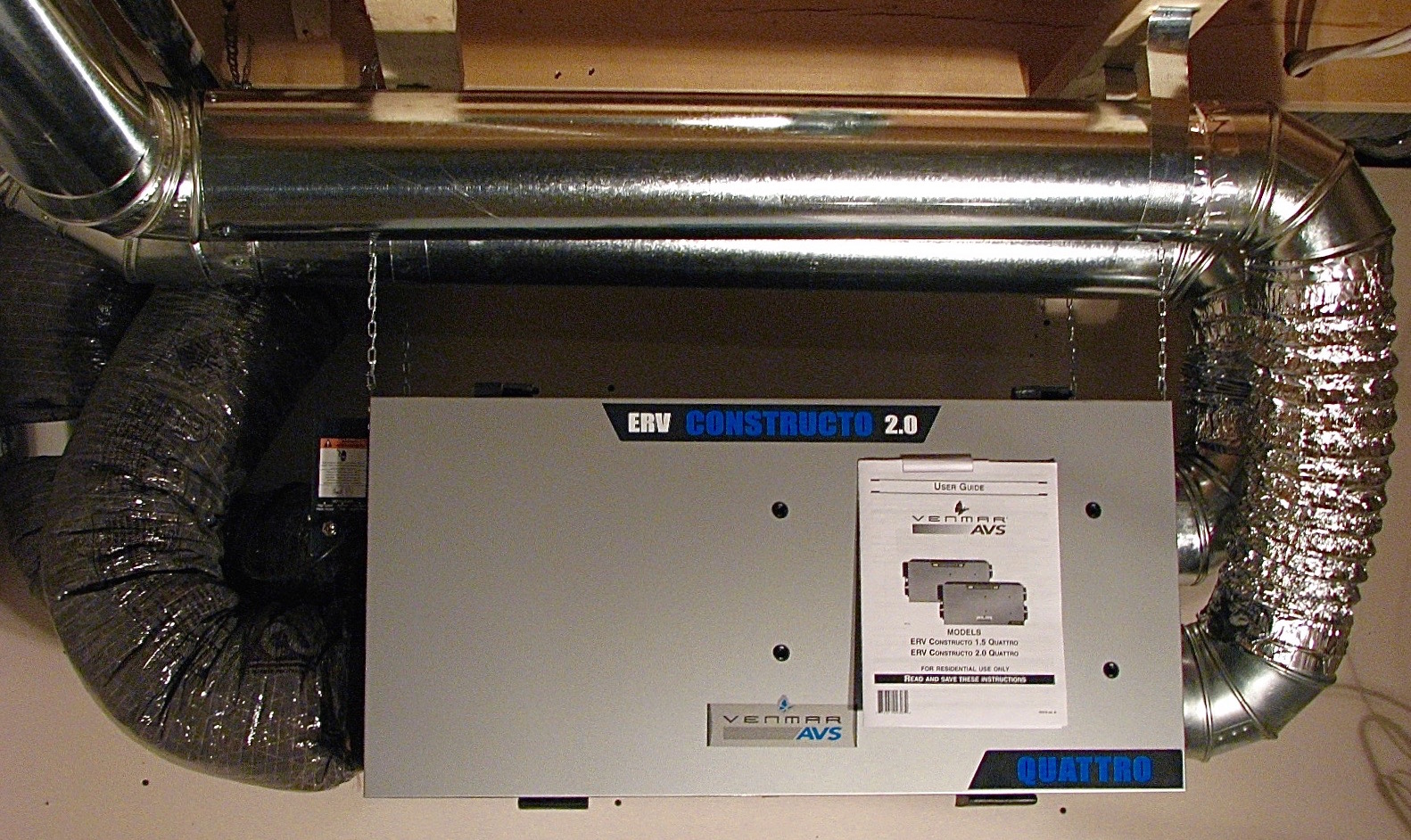HRV Shopping Tips: What Features to Consider
Wiki Article
Just How Heat Recovery Ventilation Boosts Indoor Air High Quality and Reduces Energy Expenses
Heat Recovery Ventilation (HRV) systems play a necessary role in enhancing indoor air quality while all at once lowering energy expenditures. By efficiently exchanging stale indoor air with fresh outdoor air, HRVs help maintain optimal humidity and reduce pollutants. Additionally, their ability to recuperate warmth from outward bound air decreases the pressure on home heating and cooling systems. As power prices continue to climb, comprehending the complete possibility of HRV systems ends up being significantly essential for property owners and services alike.Understanding Heat Recovery Ventilation Solutions

Heat recovery ventilation (HRV) systems play a vital duty in enhancing indoor air top quality, particularly in contemporary, energy-efficient structures. These systems are designed to move warmth from the outbound stagnant air to the inbound fresh air, therefore decreasing energy loss while preserving excellent temperature level degrees inside your home. HRVs consist of a warm exchanger, followers, and ductwork, helping with the continuous flow of air. By removing interior pollutants and presenting fresh air, HRVs aid to stabilize moisture degrees, stop mold growth, and decrease irritants. The performance of HRV systems exists in their capability to recoup up to 80% of the warm from the tired air, promoting power preservation while making sure a healthy interior atmosphere. Their integration is crucial in attaining sustainable living practices.
The Importance of Indoor Air Quality
Indoor air quality (IAQ) is a vital element influencing the wellness and wellness of owners in any kind of environment. Poor IAQ can result in different health concerns, including respiratory system problems, allergic reactions, and fatigue. In addition, it can aggravate status quo such as bronchial asthma. Elements adding to low IAQ consist of pollutants from indoor resources like cleansing agents, mold, and poor air flow. Subsequently, maintaining great IAQ is essential for promoting a risk-free and comfortable living or functioning room. Efficient approaches to improve IAQ involve regular monitoring of air quality, correct air flow systems, and reducing making use of dangerous substances inside your home. By prioritizing IAQ, individuals can guarantee a healthier environment that i loved this fosters efficiency and total lifestyle.Power Performance Perks of HRV Solutions
Lots of property owners and building supervisors are increasingly identifying the power effectiveness advantages of warmth recuperation ventilation (HRV) systems. By moving warm from exhausted indoor air to incoming fresh air, HRV systems considerably minimize the power required for heating & cooling. This procedure reduces dependence on conventional a/c systems, resulting in reduced power bills. In addition, HRVs help maintain a well balanced interior environment, preventing excessive heating or cooling down demands. The ability to recuperate approximately 90% of the warm from outgoing air additionally supports sustainability efforts by decreasing overall power intake. HRV systems add not just to set you back financial savings however likewise to a minimized carbon footprint, aligning with the growing emphasis on energy-efficient building practices.Setup and Upkeep Considerations
The efficient implementation of warm recuperation ventilation (HRV) systems requires cautious consideration of setup and maintenance factors to guarantee peak performance. Appropriate positioning of the HRV unit is important, as it must be installed in an area that maximizes air flow while reducing sound interruption. Additionally, ductwork should be properly sized and shielded to avoid power loss. Routine upkeep, consisting of filter substitute and system cleaning, is critical to secure optimum performance and indoor air top quality. Owners must develop a normal upkeep timetable to recognize and address prospective problems before they escalate. Collaboration with skilled professionals during both setup and upkeep stages can boost the longevity and effectiveness of HRV systems, inevitably resulting in better interior atmospheres and minimized energy costs.
Real-World Applications and Success Stories
Discovering real-world applications of warm recovery air flow (HRV) systems exposes their significant influence on indoor air high quality and power efficiency throughout various settings. In property structures, property owners have reported better air high quality, leading to fewer allergic reactions and respiratory problems. Schools carrying out HRV systems have noted boosted pupil concentration and minimized absenteeism as a result of better air flow. Industrial buildings, such as workplaces and retail spaces, have experienced lower power expenses and raised worker performance. For instance, a business workplace in a pleasant environment attained a 30% decrease in power bills after setting up an HRV system. These success tales demonstrate that HRV modern technology not just contributes advice to healthier environments but additionally supplies concrete financial advantages, making it a useful investment for numerous sectors.Often Asked Concerns
Can HRV Systems Decrease Irritants in Indoor Air?
go The efficiency of HRV systems in lowering indoor allergens primarily depends upon their capacity to filter and exchange air. HRV Heat Recovery Ventilation. By constantly replacing stagnant air, these systems can significantly decrease irritant degrees throughout indoor atmospheres
Exactly How Does Moisture Affect HRV System Performance?
Humidity substantially affects HRV system efficiency; high levels can cause condensation, decreasing effectiveness, while low moisture may boost air exchange. Stabilizing humidity is essential for perfect procedure and preserving indoor air high quality.Are HRV Solutions Noisy During Operation?
HRV systems can generate differing sound levels throughout procedure, depending upon their layout and setup. Some devices run silently, while others may generate obvious audio, especially at greater air movement settings or when poorly preserved.What Is the Average Lifespan of an HRV System?

Can HRV Solutions Be Used in All Climates?
HRV systems can be used in various climates, however their effectiveness might differ - HRV Heat Recovery Ventilation. In severe temperatures, changes or supplementary systems may be required to ensure ideal performance and comfort while preserving interior air top qualityReport this wiki page